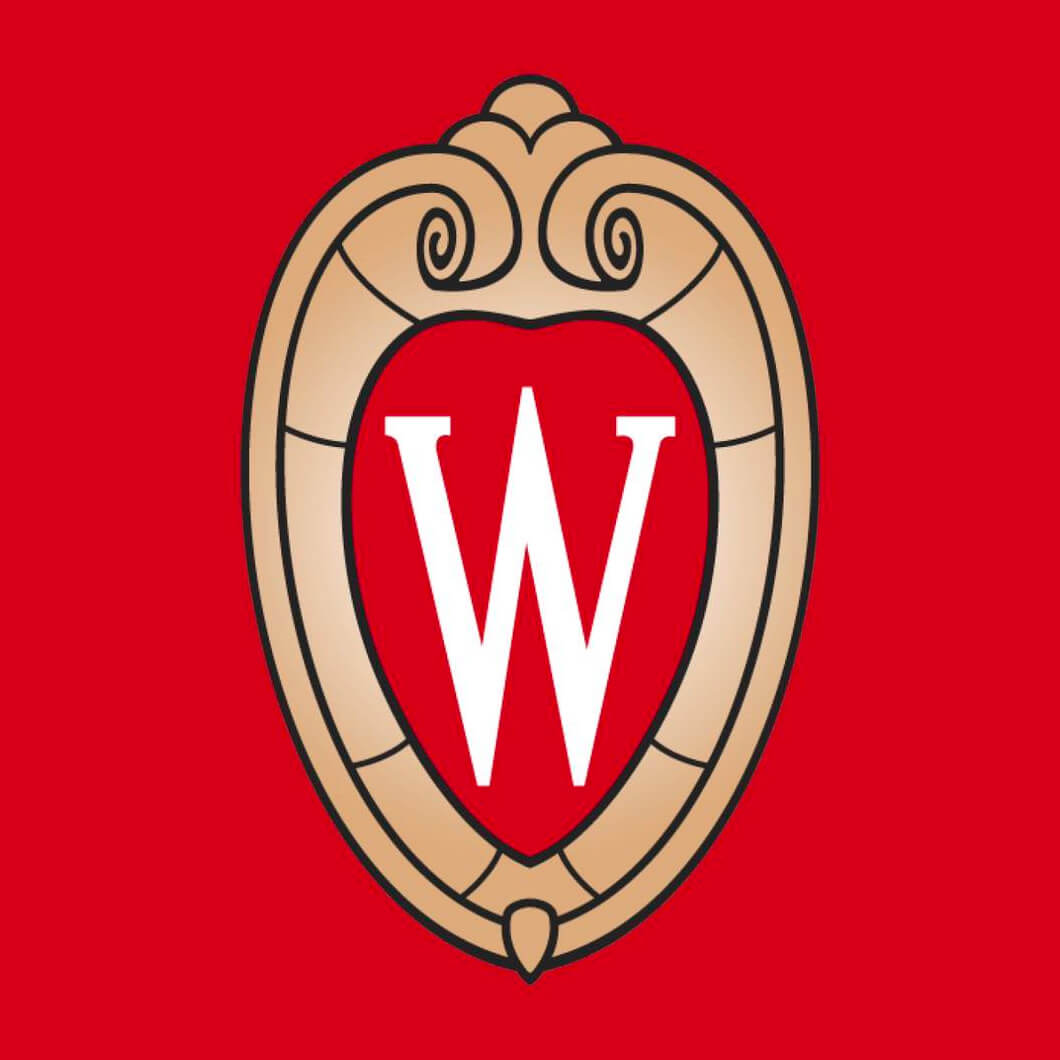Application
fees waived
fees waived
Art Education, BS
University of Wisconsin - Madison, United States
Apply
Ranking in US
23rd
overall
THE
Education
Education
6th
QS
Education and Training
Education and Training
8th
USNews
Education and Educational Research
Education and Educational Research
14th
Costs
Course fees
S$46.7K / year
Entertainment, books
food & rent S$22.9K / year
food & rent S$22.9K / year
Beer
S$7
MacDonalds
S$11
Cinema
S$15
Coffee
S$6
Total
S$69.5K / year
Entry requirements
A Level
DDD
Diploma
2.2
International Baccalaureate
28
Information
Course
Code
Code
UVM012
Upcoming
Intakes
Intakes
Jan 2026
Aug 2025
Course
Website (External)
Website (External)
Pathway
Programmes
Programmes
See pathways
University
Information
Information
Duration
4
years
Graduate
2029
2029
About the course
#N/A

